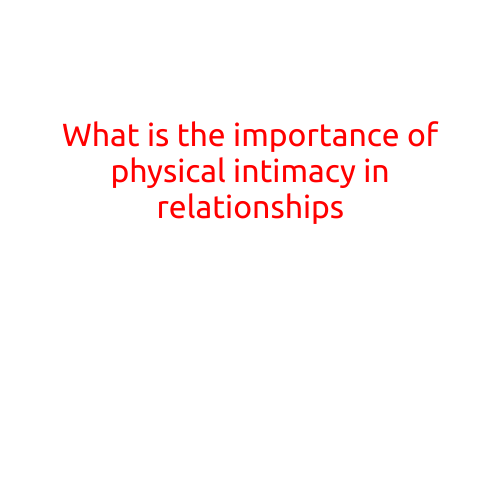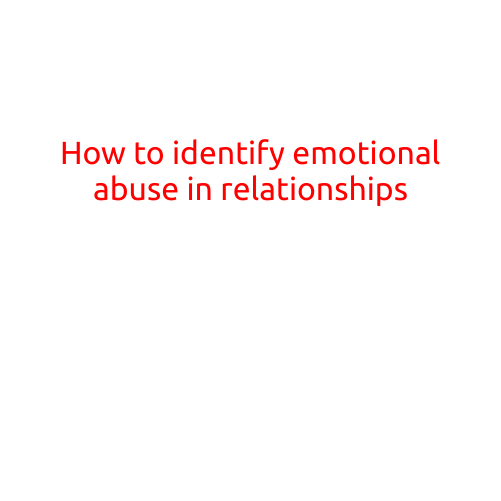
How to Handle Different Love Languages in a Relationship
In the world of relationships, communication is key. But what happens when you and your partner speak different languages? Not just literal languages, but languages of love and affection. Gary Chapman’s book “The 5 Love Languages” highlights the concept that each person has a primary and secondary way of expressing and receiving love, which he calls “love languages.” These languages can be vastly different, leading to misunderstandings, feelings of neglect, and even conflict. In this article, we’ll explore how to handle different love languages in a relationship and keep the love alive.
Understanding the 5 Love Languages
Before diving into how to handle different love languages, it’s essential to understand the 5 languages described by Gary Chapman:
- Words of Affirmation: Verbal expressions of love and appreciation, such as compliments, words of encouragement, and thank-you notes.
- Quality Time: Spending quality time together, giving each other undivided attention, and engaging in activities together.
- Receiving Gifts: Giving and receiving tangible objects that symbolize love and appreciation, such as gifts, flowers, or surprise treats.
- Acts of Service: Performing tasks that benefit the partner, such as cooking, cleaning, or running errands.
- Physical Touch: Expressing love and affection through physical contact, such as holding hands, hugs, and intimate moments.
Identifying Your and Your Partner’s Love Languages
To start handling different love languages in your relationship, you and your partner need to identify your primary and secondary languages. Take the online quiz or read Chapman’s book to get a sense of your own love language(s). Then, ask your partner to do the same. This will help you understand each other’s needs and preferences.
Tips for Handling Different Love Languages
Now that you know your and your partner’s love languages, here are some tips to help you navigate the differences:
- Learn Your Partner’s Love Language: Make an effort to understand and speak your partner’s love language. This doesn’t mean you have to become fluent, but rather show an interest in learning what makes them feel loved and appreciated.
- Find Common Ground: Look for ways to combine your love languages or create a new way that works for both of you. For example, if one partner loves Words of Affirmation and the other loves Quality Time, plan a special outing and give each other verbal reassurance during the activity.
- Don’t Expect Your Partner to Speak Your Language: Understand that your partner may not naturally speak your love language. Don’t assume they should adapt to your language, but rather find ways to bridge the gap.
- Communicate Openly: Keep open and honest communication in your relationship. Share your feelings, needs, and desires with each other, and be willing to listen and adapt.
- Show Appreciation and Gratitude: Express gratitude for the efforts your partner makes to speak your love language, even if it’s not your primary language. This will help build trust and encourage them to continue making an effort.
- Be Patient and Understanding: Understanding different love languages takes time and effort. Be patient with each other and acknowledge that it’s a learning process.
- Seek Professional Help: If you’re struggling to understand and communicate with your partner due to vastly different love languages, consider seeking the help of a couples therapist. They can provide guidance and support to help you work through the challenges.
Conclusion
Dealing with different love languages in a relationship requires effort, understanding, and patience. By learning each other’s love languages, combining common grounds, and communicating openly, you can create a stronger and more loving bond. Remember to appreciate the efforts your partner makes to speak your love language, even if it’s not your primary language. With time and practice, you can build a deeper understanding and connection with your partner, leading to a more fulfilling and loving relationship.





